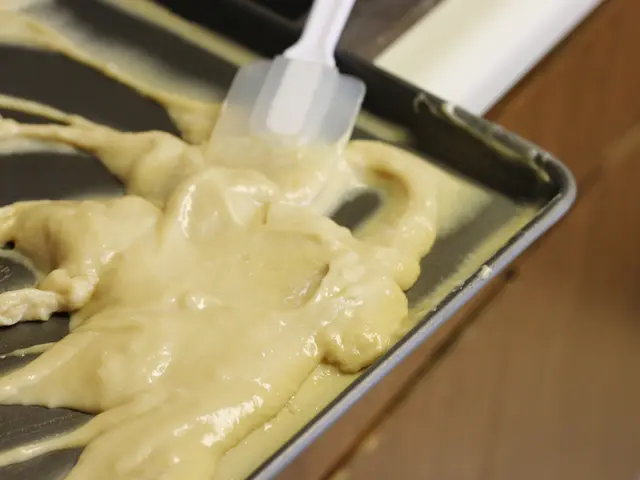Does Medicare insure the cost of PureWick external urinary catheters?
Managing incontinence just got a whole lot easier, thanks to innovative products like the PureWick system for women. This nifty device consists of an external catheter running from the vulva to the buttocks, connected to a tube leading to a collection container that can rest on a nightstand or table.
The PureWick system's big break came in 2024, when Centers for Medicare & Medicaid Services (CMS) added it to their list of covered durable medical equipment (DME) under Medicare Part B. That means you can get this life-improving item if your doctor prescribes it for home use as part of your durable medical equipment.
But, here's the catch: If you're already using an indwelling catheter, Medicare won't cover the PureWick system. Also, the Female Healthcare Report of 2024 states that Medicare only allows for one metal cup or pouch per week for female catheters. In hospital settings, catheters are covered under Part A.
As for the costs, well, out-of-pocket expenses can add up. A box of 30 PureWick catheters costs roughly $209 if you're paying without insurance. But, buying in bulk can help save some dough. In 2025, enrollees in Medicare Part B are expected to meet an annual deductible of $257 and pay a monthly premium of $185. Once these conditions are met, Part B covers 80% of the approved treatment costs.
Hospital stays and necessary devices during the initial 60 days are generally covered by Part A, albeit most people don't have to pay a premium. However, they must meet a deductible of $1,676 before Part A kicks in. Medicare Advantage (Part C) plans, which include the same benefits as Original Medicare, may have different premiums, deductibles, and copayments depending on the plan.
Want more info on Medicare terms? Check out this handy glossary:
- Out-of-pocket cost: What you pay for care when Medicare doesn't cover it or not fully. Costs include deductibles, coinsurance, copayments, and premiums.
- Premium: The monthly fee for Medicare coverage.
- Deductible: The amount you must spend annually before Medicare starts covering your treatments.
- Coinsurance: Your percentage of treatment costs in Medicare Part B, usually 20%.
- Copayment: A fixed amount you pay for certain treatments under Medicare, typically for prescription drugs.
- The PureWick system, an innovative device for managing incontinence, is covered under Medicare Part B for home use, following its inclusion in the list of covered durable medical equipment (DME) by the Centers for Medicare & Medicaid Services (CMS) in 2024.
- However, if you're already using an indwelling catheter, the PureWick system is not covered by Medicare.
- Medicare only allows for one metal cup or pouch per week for female catheters, as stated in the Female Healthcare Report of 2024.
- A box of 30 PureWick catheters can cost approximately $209 without insurance, but buying in bulk can help reduce expenses.
- In 2025, enrollees in Medicare Part B are expected to meet an annual deductible of $257 and pay a monthly premium of $185, after which Part B covers 80% of the approved treatment costs.
- Medicare Advantage (Part C) plans may have different premiums, deductibles, and copayments compared to the original Medicare, depending on the plan.







